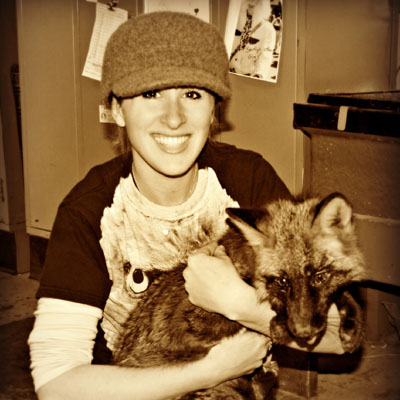I spent the five happiest years of my life in a morgue. As a forensic scientist in the Cleveland coroner’s office I analyzed gunshot residue on hands and clothing, hairs, fibers, paint, glass, DNA, blood and many other forms of trace evidence, as well as crime scenes. Now I'm a certified latent print examiner and CSI for a police department in Florida. I also write a series of forensic suspense novels, turning the day job into fiction. My books have been translated into six languages.
Wow, sorry, I have no idea where the subclavian vein even is. I’m afraid you need a pathologist.
Sorry I couldn’t be more help!
Any science major is a good thing. The requirements for each agency or lab vary, so if you have a particular location in which you wish to work, you might call all your potential employers and ask what the job requirements are. Then you can decide whether a science degree, a forensic science degree, a masters or a PhD would be best. Also check salaries and decide whether they are sufficient, and be prepared for a lot of competition.
I'm sorry, I was sure I answered this long ago! Collecting buccal swabs is very easy--they come in a kit with everything necessary plus instructions for rubbing the swabs on the inside of the mouth and then packaging. Anyone could do it. I've never heard of a case where it was considered contaminated.
Auto Mechanic
 If I know nothing about cars, how can I tell if a mechanic is ripping me off?
If I know nothing about cars, how can I tell if a mechanic is ripping me off?
Zookeeper and Animal Trainer
 Are a lot of people in your line of work vegetarian/vegan?
Are a lot of people in your line of work vegetarian/vegan?
Parcel Delivery Mailman
 Does labeling a package "fragile" actually lead to you handling it with more care?
Does labeling a package "fragile" actually lead to you handling it with more care?
That entirely depends upon what agency you work for. Some police department crime labs may have that requirement. Many, like mine, have civilian employees for forensic support. The only way to know is to call the place you might want to work at and ask. (Or check their website for job postings.)
For school projects, please email me all the questions at once at: lisa-black@live.com
In my personal experience, I have only testified to bloodstain pattern analysis once, and it didn’t really tell anything significant about the case because there was blood everywhere, and the fingerprints in blood weighed more than the patterns.
-OR-
 Login with Facebook
Login with Facebook (max 20 characters - letters, numbers, and underscores only. Note that your username is private, and you have the option to choose an alias when asking questions or hosting a Q&A.)
(A valid e-mail address is required. Your e-mail will not be shared with anyone.)
(min 5 characters)
By checking this box, you acknowledge that you have read and agree to Jobstr.com’s Terms and Privacy Policy.
-OR-
 Register with Facebook
Register with Facebook(Don't worry: you'll be able to choose an alias when asking questions or hosting a Q&A.)